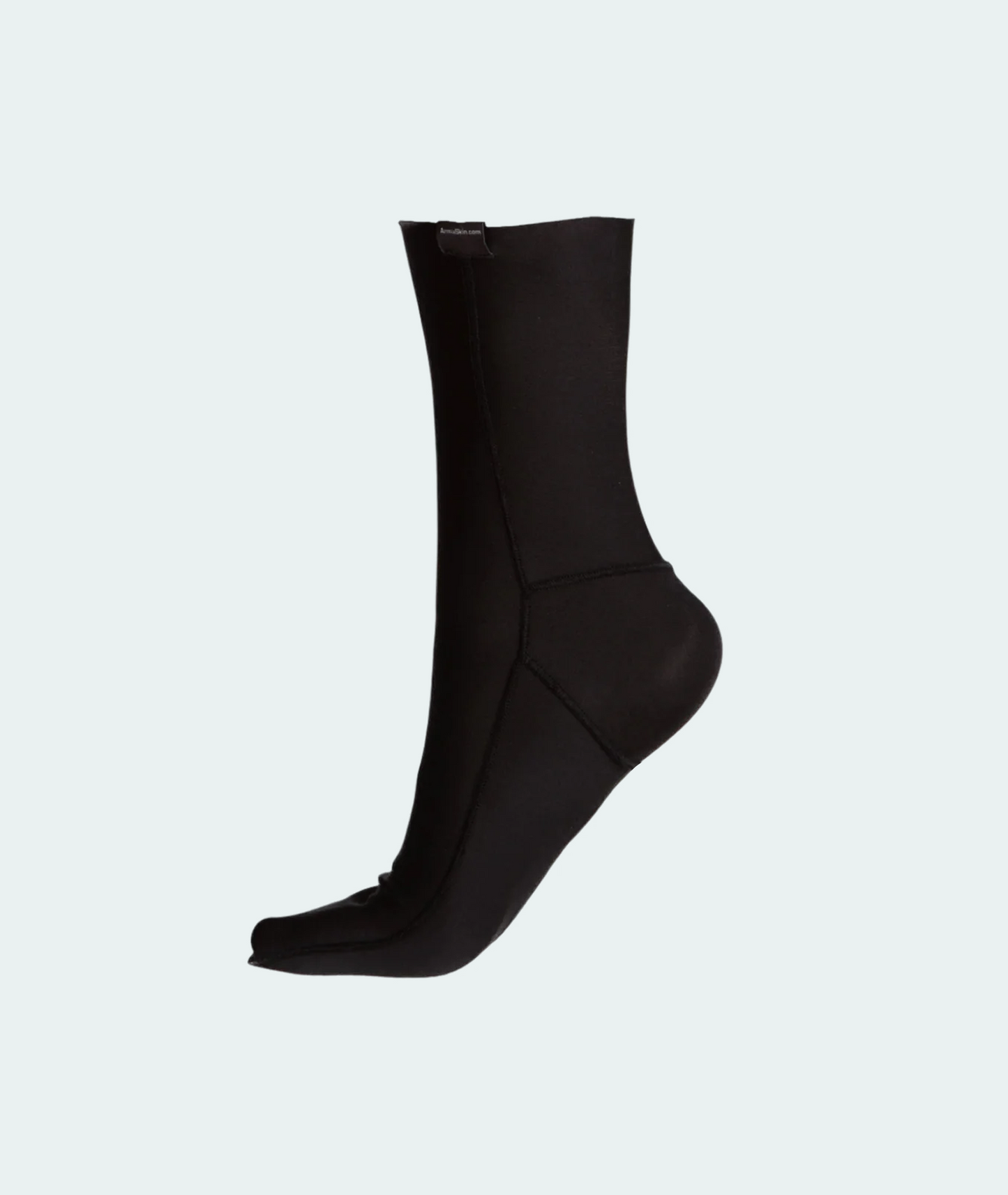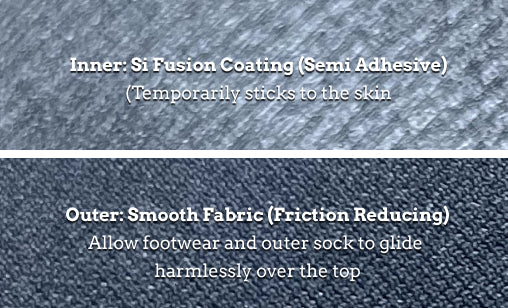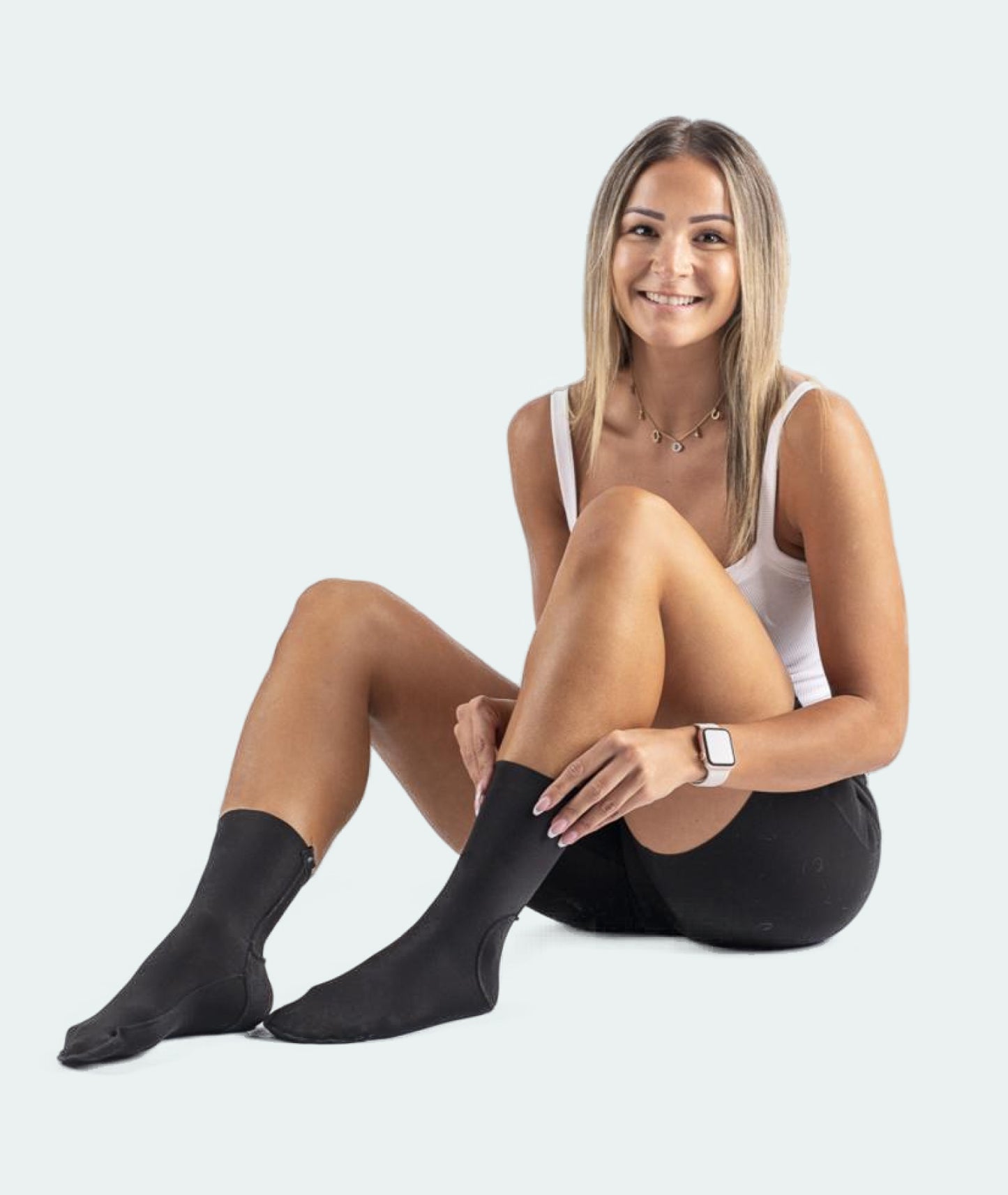Running a marathon is a goal for many active individuals—from casual runners to trail enthusiasts—and the journey to that finish line begins with understanding your current training volume. A common question that bubbles up in conversations within running communities is: “Is 50km a week enough?” In this article, we dive deep into the topic, combining honest insights with expert advice. Along the way, we will also highlight how the right gear, such as ArmaSkin socks—including anti-blister socks and blister prevention socks—can make all the difference in ensuring your training remains comfortable and injury-free.
Understanding the Weekly Mileage Debate
The answer to whether a 50km per week routine is enough to successfully complete a marathon isn’t entirely black and white. It depends on a variety of factors, such as your training history, running experience, injury history, and overall fitness level. The commonly recommended mileage for marathon trainers often varies between 40km and 100km a week. For amateurs, a steady 50km might be sufficient as long as the quality of your training is prioritised.
Quality over Quantity
Not all kilometres are created equal. It’s essential to incorporate key training elements such as:
• Easy recovery runs
• Tempo sessions
• Interval training
• Long runs
These sessions contribute to overall stamina and speed without overtaxing your body. In many cases, a well-rounded training plan at 50km per week can yield impressive results, provided that the intensity and variety of your workouts are suitably balanced.
Gradual Progression and Injury Prevention
Increasing mileage too rapidly is one of the leading causes of overuse injuries and blisters. For those just starting out or returning from an injury, 50km per week might not only be sufficient but also optimal in preventing potential setbacks. A gradual build-up allows your musculoskeletal system to adapt, making blisters a lesser worry. Speaking of blisters, let’s take a moment to talk about an often overlooked aspect of training gear: the right socks.
The Critical Role of the Right Socks in Training
A runner’s gear is incomplete without reliable, supportive socks. Blisters can turn an otherwise enjoyable long run into a painful experience. That’s where ArmaSkin socks come in. Using proven technology in anti-blister socks, these are designed to reduce friction and provide a secure fit throughout your run. Notably, whether you’re hitting the pavement for a marathon or braving rough terrains, investing in a pair of blister prevention socks can significantly enhance your comfort and performance.
Don’t Let Blisters Slow You Down!
Discover the ultimate solution with ArmaSkin Anti-Blister Socks. Designed with advanced friction-reducing technology, these socks keep your feet dry, comfortable, and blister-free – no matter the challenge.
Shop NowWhy ArmaSkin Socks Stand Out
The ArmaSkin range isn’t just about luxury—these are high-performance garments engineered for active lifestyles. Engineered with advanced materials and seamless construction, ArmaSkin socks provide:
• Superior moisture management
• Customised cushioning in key areas
• A snug yet flexible fit
• Long-lasting durability against wear and tear
The technology behind these socks minimises friction, which is crucial when you’re running long distances. Integrated anti-blister liners further enhance protection, ensuring your feet remain blister-free even after extended runs. This is why every long-distance runner should consider adding a pair of these best socks for preventing blisters to their training wardrobe.
Active Lifestyle and Gear: Beyond Running
It’s not just marathon runners who benefit from high-quality, anti-blister socks. Hikers, trail runners, and even tactical personnel can all appreciate the difference these socks make. With activities involving rugged terrains and long hours on your feet, having reliable footwear accessories becomes essential. Whether you’re partaking in ultra-endurance events or engaging in obstacle races, the right pair of hiking socks or running socks can help you avoid the nagging pain of blisters and elevate your overall performance.
Training Smart: Combining Mileage and Recovery
When considering whether running 50km per week is enough to prepare for a marathon, balancing workload and recovery is key. Not only does this approach improve performance, but it also significantly reduces the risk of injuries like blisters. Here’s how you can tailor your training plan:
Incorporate Long Slow Distance Runs
Long runs are the cornerstone of marathon training. They help your body adapt to the prolonged stress of running 42.2km on race day. Even within a 50km week, dedicating one day for a relatively longer, slow-paced run can boost endurance. Make sure your running socks—specifically anti-blister socks—are in prime condition to ensure that friction is optimally reduced during these protracted efforts. A pair of ArmaSkin socks can help you maintain focus on your form and performance, rather than being distracted by painful blisters.
Focus on Recovery and Rest
Recovery days and rest intervals are as important as your running days. Proper recovery allows muscles and connective tissues to repair, leading to improved performance in your next workout. During recovery, consider adopting practices like foam rolling, stretching, and even switching to a less intense form of exercise. Using blister prevention socks can also play a subtle role during these lower-intensity training sessions by reducing any friction or discomfort that might deter you from optimal recovery.
Cross-Training and Strength Building
Adding cross-training activities to your regimen—such as cycling or swimming—can complement your running mileage while minimising repetitive strain. Strength training, specifically targeting muscles in your legs and core, enhances overall stability and endurance. This balance is crucial for sustaining a weekly mileage of 50km without compromising the recovery process. While engaging in such balanced activities, don’t forget that every step matters. Quality gear, like anti-blister liners, ensures that any incidental stress on your feet is well-managed.
The Real-World Perspective: Listening to Your Body
It’s easy to get caught up in numbers and statistics. However, one of the most important pieces of advice for amateur marathoners is to listen to your body. If 50km a week feels sustainable and leaves you feeling strong on your long run days, then it might just be the right pace for you. On the other hand, if you experience unusual fatigue, persistent soreness, or even minor blisters that don’t improve with recovery routines, it might be time to reassess both your mileage and your gear choices.
Adjustments Based on Experience
For first-timers, starting with a modest weekly volume like 50km may stave off the risk of overtraining and help you develop a reliable running foundation. As you progress, you might consider integrating more intense workouts or gradually increasing your weekly kilometres. This progressive approach not only improves overall endurance but also allows you to adapt your blister prevention strategies progressively—perhaps switching between different types of running socks or experimenting with the perfect fit and cushioning as offered by ArmaSkin socks.
Blister Prevention: A Priority in Every Training Session
No matter your weekly mileage, one common denominator for many runners is the need for blister prevention. Blisters do not discriminate by race distance or training volume—they can occur on the short, brisk run just as easily as during a 50km week regimen. With innovative technologies in the latest anti-blister socks, you can train with confidence. For amateur marathon runners, ensuring that your feet are well-cared for can be as crucial as any physical training strategy. If you haven’t already, consider browsing ArmaSkin’s dedicated collection of anti-blister socks—they’re engineered to keep you blister-free while you push your limits.
Integrating Technology and Innovation in Your Training Gear
In today’s era of high-performance sports gear, technology plays a pivotal role. Advances in materials science have led to the creation of socks specifically tailored for athletes facing extreme endurance challenges. Let’s explore how these innovations contribute to running success and overall comfort:
High-Performance Fabric Technologies
ArmaSkin socks and other similar products are engineered using state-of-the-art fabric technologies that offer superior moisture wicking, breathability, and friction reduction. Mild friction can lead to blisters over time, which is why these socks are designed to minimise hot spots. Whether you’re running or hiking, choosing the best socks for preventing blisters means you’re investing not just in comfort, but in long-term performance and reliability. Using advanced textiles and ergonomic design, anti-blister liners in these socks give your feet the support they need to handle every kilometre.
Design Meets Durability for Active Lifestyles
When dealing with the rigorous demands of long-distance training—be it regular marathon preparation or even ultra-endurance events—the durability of your gear can make a tremendous difference. ArmaSkin socks stand out by offering a snug yet adaptive fit that stays in place even during high-intensity motions. This means less manipulation mid-run and a decreased chance for the formation of blisters. As active individuals, protecting our feet from the myriad of challenges encountered on every run is fundamental, and investing in blister prevention socks is one of the most practical steps you can take.
Real-Life Success Stories and Practical Tips
It’s often encouraging to hear tales from fellow runners who embarked on a similar journey. Many amateur marathoners began with a modest 50km weekly mileage and gradually built the stamina and resilience needed for race day success. Here are a few insights gathered from real-life experiences:
Case Study: Emily’s Journey to Marathon Success
Emily, a dedicated trail runner, began her marathon training with 50km per week. Initially, she was uncertain whether her mileage would suffice against more aggressive programmes. However, by carefully planning her recovery, integrating strength training, and simply listening to her body’s signals, Emily successfully completed her first marathon without major injuries. A key part of her routine was meticulously selecting her gear—she swore by her ArmaSkin anti-blister socks, which kept her feet comfortable and playable even on the toughest terrains.
Pro Tips for Preventing Blisters on Long Runs
• Ensure your running socks fit snugly but aren’t too tight, as excess movement inside the shoe can lead to friction.
• Replace worn-out socks regularly—damaged materials lose their blister prevention efficacy over time.
• Consider using anti-blister liners underneath your socks for extra protection, especially on longer training runs.
• Do a test run with new socks on shorter distances before committing to them for longer sessions.
Taking these small measures can save you from a world of discomfort and potential injury, ensuring that every training run is as effective and enjoyable as possible.
Conclusion: Is 50km Enough for You?
Ultimately, there is no one-size-fits-all answer when it comes to marathon training. A 50km a week regimen can be more than sufficient for many amateur runners if the training is carefully calibrated to your individual needs. Balancing long runs, recovery periods, and cross-training, alongside investing in the right gear such as anti-blister socks and ArmaSkin socks, can provide a strong foundation for marathon success.
Remember, the focus should not solely be on the number of kilometres but rather on the quality of each session. Listen to your body, make gradual adjustments, and ensure every aspect of your training—from physiotherapy to blister prevention—is finely tuned. This balanced approach doesn’t merely prepare you for marathon day—it sets you up for a thriving, active lifestyle.
Now is the perfect opportunity to upgrade your training kit. Explore the ArmaSkin anti-blister sock range, designed specifically for athletes like you. Prevent blisters today by making a smart investment in your journey towards peak performance!
Whether you’re a casual runner or a dedicated trail warrior, combining solid mileage with first-class gear will ensure that each run is a step closer to your goal—blister-free and full of confidence. So, is 50km a week enough to run a marathon? The answer lies in the details: a well-rounded training approach, the right strategies, and a commitment to protecting what matters most, your feet.
Happy running, and remember—smart training and smart gear lead to memorable victories!
Call to Action: Ready to take the leap? Check out our full range of ArmaSkin socks and experience the difference of advanced blister prevention technology. Shop now and step into your next run with confidence!














